Yucatan Cenotes: The Secret Swimming
Mexico’s Yucatán Peninsula has undeniably stunning beaches around Cancún, Playa Del Carmen and Tulum. But those who wish to cool off from the sun and teeny-bikini flashiness can escape to a secret underworld of turquoise pools where Mayans communicated with the gods. At these hidden locations, you can swim in crisp mineral-rich waters in magical caves or under a jungle-framed sky and feel lost in another time.
Cenotes are natural swimming holes formed by the collapse of porous limestone bedrock, which has revealed a secret subterranean world of groundwater pools. Most cave cenotes have fresh water that has been meticulously filtered by the earth, making them so clear and pure that you can see straight through to small fish frolicking in the plant life below. Open-air cenotes also have clear water, and often are home to vitamin- and mineral-rich algae that nourish and protect your skin. Underwater photographers will be thrilled with the clear waters, which allow for aquatic-playground shots in high-definition clarity.
The Mayans revered cenotes because they were a water source in dry times; the name cenote means ‘sacred well’. Mayans settled villages around these spiritual wells and believed that they were a portal to speak with the gods. Today you can still see why cenotes held the Mayans in awe. Swimming in the pristine waters feels like stepping into prehistory, where giant tropical trees and vines form wild cathedral walls leading up to shafts of sunlight.
A “cenote” (pronounced say-NO-tay) is a natural sinkhole created where a cave ceiling has collapsed, a window to this spectacular world. Cenotes were the only source of water in the jungle for the Mayan civilization and are considered sacred by the Mayan people. The Mayan considered cenotes to be an entrance to their “underworld” or “Xibalba” where their gods live and their spirits reside after death.
The word cenote is derived from the Mayan word “D’zonot” and refers to any subterranean chamber that contains permanent water. While some cenotes are vertical, water-filled shafts, others are caves that contain pools and underwater passageways in their interior.
A combination of geologic events and climatic change has led to the development of these unique ecosystems. Millions of years ago, the Yucatan peninsula was a giant reef set under several feet of ocean water. During the last ice age, the ocean level dropped (water levels were approximately 300 feet lower than their present day levels), exposing the reef to the surface. The coral died, and jungle grew over the mile thick limestone platform created by the coral reef. Fossils found far inland are proof of this and are commonly seen during a cenote dive.

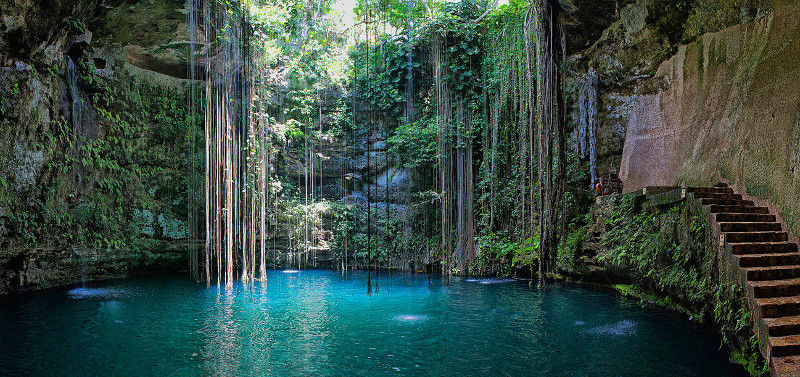
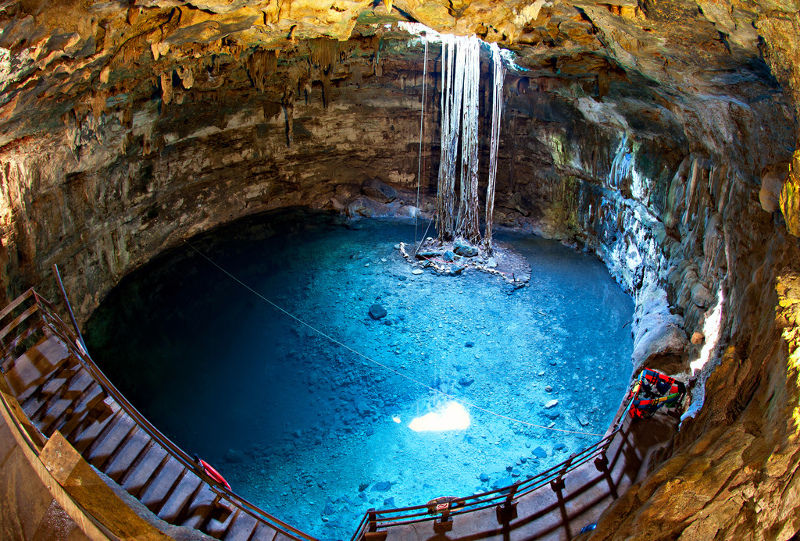
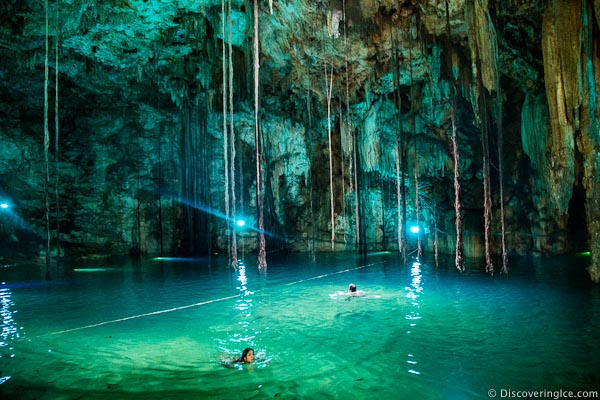
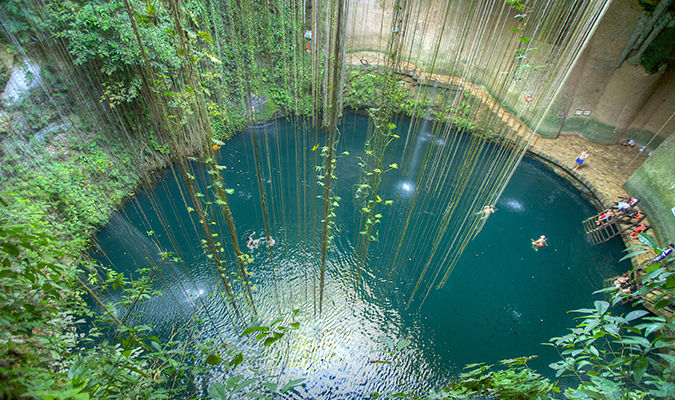
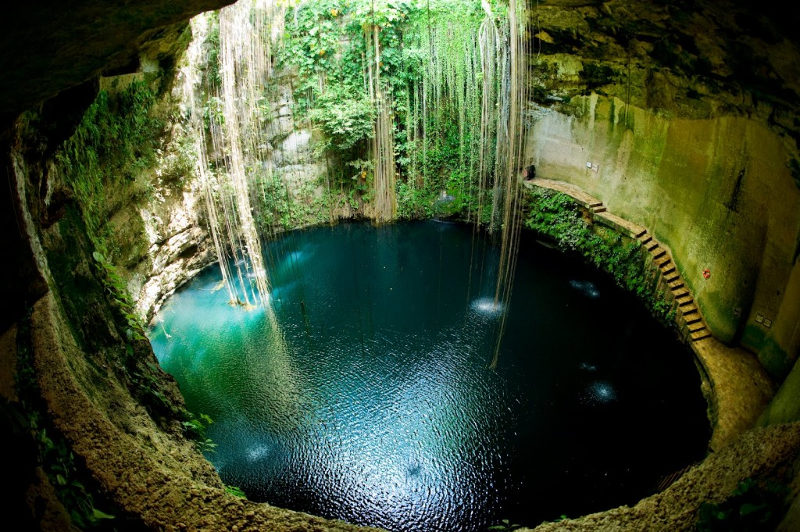
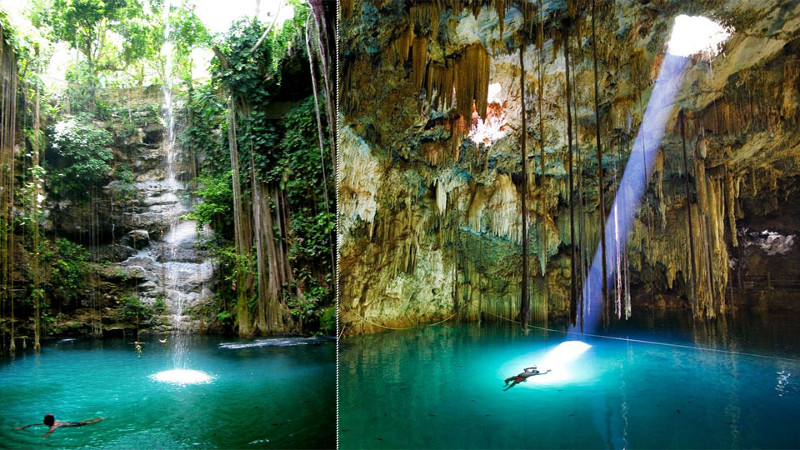
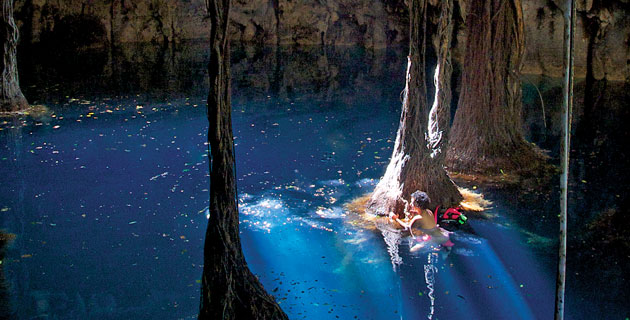
Comments are closed.